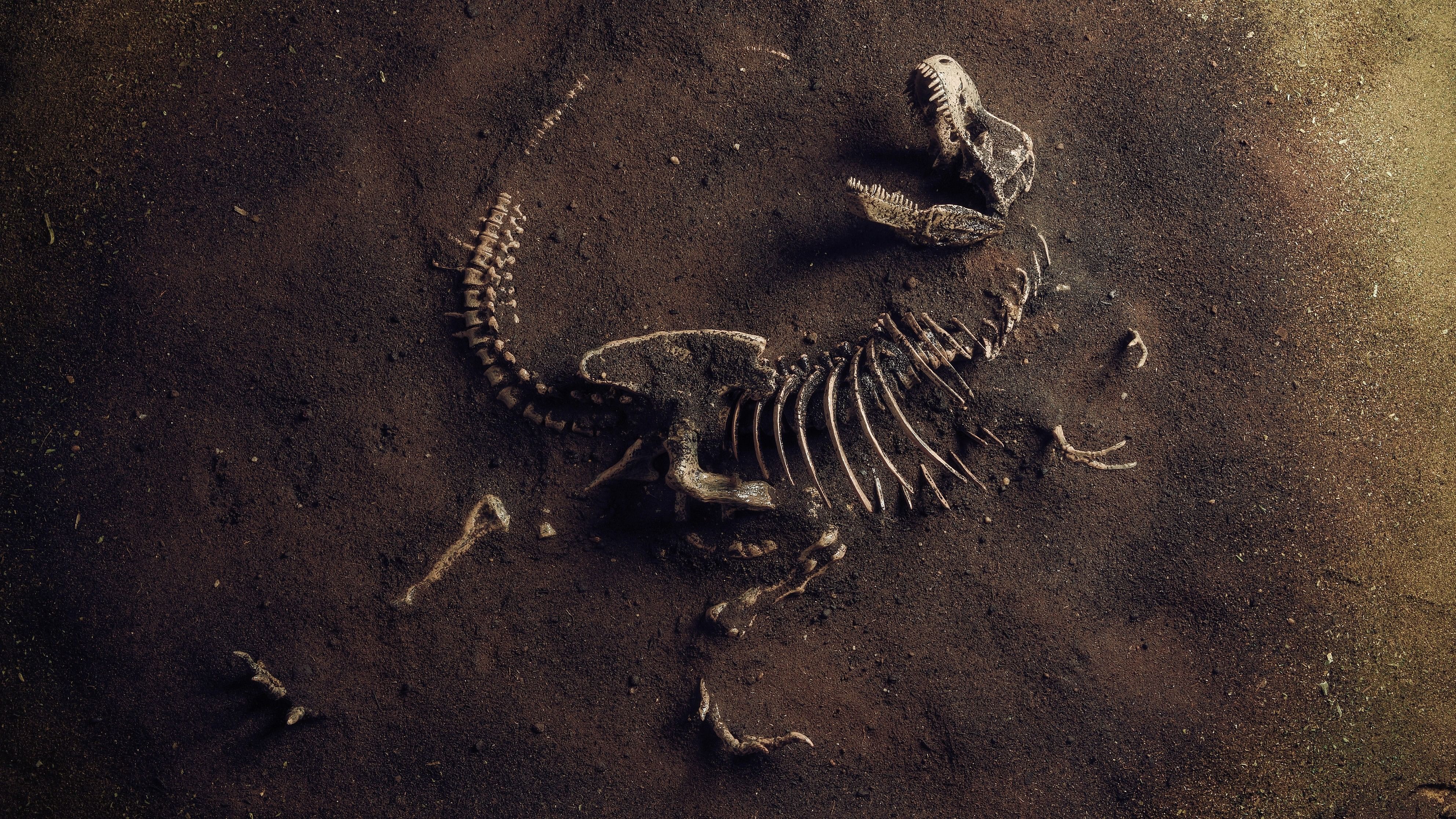
The dust cloud plunged the earth into 620 days of darkness and 15 years of sub-zero temperatures, triggering a chain reaction that ultimately killed the dinosaurs.
For nearly four decades, scientists have been unanimous on how a cataclysmic strike by an asteroid larger than Mount Everest wiped out dinosaurs from the Earth 66 million years ago. How exactly the doom unfolded, however, remains a matter of debate.
Palaeontologists have now found new evidence showing how fine silicate dust from pulverised rock generated by the asteroid Chicxulub’s impact may have played a dominant role in global climate cooling and the disruption of photosynthesis following the devastating effects. Also, for the first time, they provided a time estimate for the consequent events.
The dust cloud plunged the earth into 620 days of darkness and 15 years of sub-zero temperatures, triggering a chain reaction that ultimately killed the dinosaurs. For 1.7 years, there was no photosynthesis, ending the plant world and consequently the animals, both herbivores and carnivores.
More than four decades ago, the father-son duo of Walter and Luis Alvarez presented the asteroid-impact theory after they found extremely high levels of iridium (sometimes 500 times more) from soil samples representing K-Pg or Cretaceous-Paleogene (formerly known as KT boundary between Cretaceous and tertiary era) boundary collected from multiple sites in Denmark, Spain, France, New Zealand and Antarctica.
The data suggested that something big and abrupt, and probably cataclysmic, had produced such an arresting spike in the iridium level.
They proposed the asteroid impact theory behind the vanishing of dinosaurs and 75% of species in a mass extinction event. The initial doubts on such a theory were settled a decade later with the identification of Chicxulub in the Yucatan peninsula of Mexico as the impact site.
What remains poorly understood, however, was the role of the impact-generated sulphur, soot and dust in precipitating the impact-winter and its duration.
The impact winter hypothesis, proposed originally in 1980, was centred around dust-sized material ejected from the crater reaching the stratosphere and subsequently spread around the globe. The dust scenario was rejected in the early 2000s because the fraction and mass of such debris at the K-Pg boundary were too modest to cause an impact-winter.
Alternative studies pointed out that the post-impact release of sulphur was a more critical driver behind the prolonged winter, as sulphur-bearing gases would
have resided in the stratosphere for decades. It was found that sulphur in the atmosphere blocks the sunlight for far longer than dust.
Since the mid-1980s, a soot-driven impact-winter has also been postulated. The soot particles could also have played a dominant role in the global blockage of solar irradiance and the prolonged post-impact cooling, as fine soot, is a strong sunlight absorber. Soot and charcoal remains found worldwide suggest widespread wildfires after the Chicxulub strike.
The wildfires were probably formed proximally during the first ‘fireball stage’ and potentially elsewhere around the globe due to the thermal radiation from the atmospheric re-entry of hyper-velocity ejecta.
When silica dust blocked Sun
A recent study revealed that up to 17% of the soot release was derived directly from the Yucatán target rock (Chicxulub crater), while the remainder was from delayed wildfires. However, the overall extent and intensity of these wildfires are still debated.
The third type of fine-grained ejecta is silicate dust, which remains a poorly understood group mainly because of a limited number of studies measuring their particle-size distribution.
To evaluate the roles of sulfur, soot and silicate dust on the post-impact climate, Cem Berk Senel from the Royal Observatory of Belgium and colleagues from other laboratories in Europe and the USA produced palaeo-climate simulations.
They based the simulations on an analysis of fine-grained material placed at a well-preserved impact deposit from Tanis, a K-Pg site in North Dakota, where the ejecta bearing sediment was deposited within two hours of the impact.
Though 3,000 km from the crater, the site has preserved several remarkable finds believed to be dated directly after the asteroid impact.
The scientists found the silicate dust particles have sizes ranging from 0.8-8.0 micrometres, good enough to hang in the atmosphere for a long time. Also, the contribution of these particles in the all-pervading dust was far more than previously concluded.
They used this data as input for a climate model and estimated that such fine dust could have remained in the atmosphere for up to 15 years after the event, contributing to a global cooling of the earth’s surface by as much as 15 degrees Celsius.
The dust-induced changes in solar radiation may also have shut down photosynthesis for almost two years post-impact.
How massive extinctions occurred
While the impact-induced winter continued for at least 15 years, a complete recovery from the impact winter took even longer, with pre-impact temperature conditions returning only after about 20 years.
Such a timescale is consistent with the recent global iridium layer observations from the Chicxulub impact structure, where the final atmospheric settling of fine-grained impactor material in the dust cloud was estimated to be less than 20 years.
“We find that the global darkness and prolonged loss in the planet’s photosynthetic activity occur only in the silicate dust scenario, up to nearly 1.7 years (620 days) after impact. This constitutes a sufficiently long timescale to pose severe challenges for terrestrial and marine habitats,” they reported in Nature Geosciences earlier this week.
Species not adapted to survive the dark, cold and food-deprived conditions for almost two years would have experienced massive extinctions. Most of the popularly known dinosaurs fall into this category. The finding matches the palaeontological records.
“To conclude, our results highlight that the photosynthetic shut-down induced by the large volume of silicate dust, together with additional effects of sulphur and soot, probably led to a disastrous collapse of primary productivity in land and ocean realms, steering the global mass extinction at the K-Pg boundary,” they noted.
